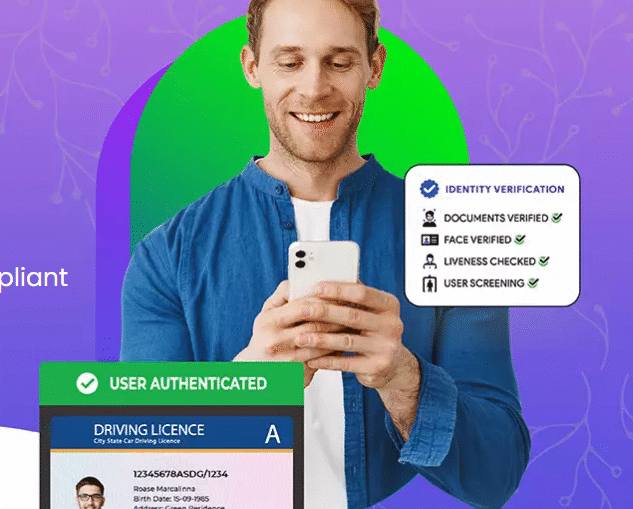In the rapidly evolving digital era, ensuring secure identity verification has become more crucial than ever. As businesses shift to digital platforms for onboarding, payments, and customer engagement, the risk of identity fraud also grows. To combat this threat, two biometric technologies have emerged as essential tools: Face Liveness Check and Face Verification. These advanced solutions provide real-time protection against spoofing, impersonation, and identity theft — all while enhancing user convenience.
What is a Face Liveness Check?
A Face Liveness Check is an AI-powered process designed to detect whether the face being scanned belongs to a real, live person who is physically present. It is specifically developed to block attempts at bypassing verification using static photos, pre-recorded videos, deepfake technology, or 3D masks.
There are two main types of face liveness detection:
-
Active Liveness Detection: This requires users to perform a simple action, such as blinking, smiling, or turning their head, to prove they are real.
-
Passive Liveness Detection: This works in the background using AI and computer vision without requiring any user interaction, resulting in a smoother, faster, and more user-friendly experience.
These checks analyze a range of visual and behavioral cues, such as facial movement, light reflection, and depth, to determine whether the face is real. Face liveness detection has become a critical step in ensuring biometric verification cannot be faked or spoofed.
Understanding Face Verification
Face Verification is the process of matching a real-time image of a person’s face with a stored or official image, such as one from a government-issued ID or passport. It uses biometric markers and facial geometry — including the distance between the eyes, nose, jawline, and other features — to verify identity with high accuracy.
Face verification is widely used in:
-
Financial institutions for digital KYC and fraud prevention
-
Online marketplaces for secure buyer and seller onboarding
-
Ride-sharing and delivery apps to verify drivers
-
Telecom and healthcare sectors for safe, remote access
-
e-Governance and travel portals for secure logins
Unlike passwords or OTPs, which can be stolen or shared, facial recognition is unique and difficult to replicate, making it one of the most reliable forms of authentication.
Why Combine Face Liveness Check and Face Verification?
Individually, these technologies are powerful. But when used together, they form a robust identity verification framework. While face verification answers “Who is this person?”, liveness detection answers “Is this person really present right now?”.
Together, they help:
-
Prevent identity spoofing using printed images, videos, or deepfakes
-
Ensure compliance with KYC, AML, GDPR, and other regulatory frameworks
-
Improve customer trust by providing secure and seamless verification
-
Reduce onboarding time and manual checks, saving operational costs
This combination is ideal for industries requiring high security, including banking, crypto, insurance, healthcare, and government services.
Conclusion
In a time when cyberattacks and identity fraud are increasing, Face Liveness Check and Face Verification offer businesses a reliable, AI-driven way to verify users securely and efficiently. These technologies not only reduce fraud but also streamline the user experience, making onboarding and login processes faster and safer.
Businesses that embrace these advanced biometric solutions are better positioned to build trust, meet compliance standards, and stay ahead in an increasingly digital-first world.
Invest in smarter security. Choose face liveness and verification for a safer tomorrow.







